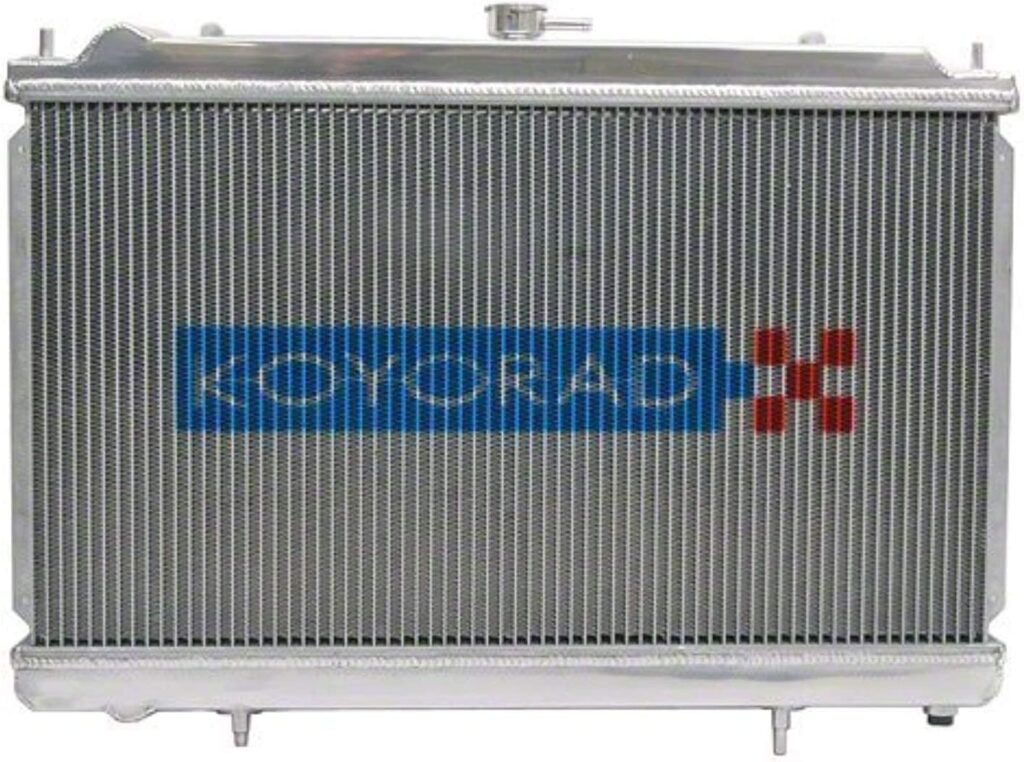
s14 ka24 Radiator
One of the most overlooked yet critical aspects of any performance build is engine cooling. Whether you’re daily driving a KA24, doing long highway pulls, or drifting your 240SX sideways for minutes at a time — keeping engine temps in check is everything. Overheating can lead to power loss, warped heads, or even full engine failure.
In this guide, we’ll break down how to keep your Nissan 240SX engine cool with the best radiator upgrades and how to properly install an oil cooler. We’ll also include tools and parts you can buy via our affiliate link:
 Why Cooling Is So Important for the KA24E and KA24DE Engines
Why Cooling Is So Important for the KA24E and KA24DE Engines
The KA24E (single cam) and KA24DE (dual cam) engines are solid, overbuilt motors with a reputation for reliability — but they still have their weak points. From factory, these engines were never designed to handle the kind of abuse many 240SXs are now seeing with track use, turbo setups, or aggressive driving.
A cooling upgrade is an insurance policy for your build. Here’s what an overheated KA motor can suffer:
- Blown head gaskets
- Cracked heads
- Premature oil breakdown
- Detonation / pinging under load
- Reduced horsepower
To prevent this, upgrading your radiator and installing an oil cooler should be near the top of your mod list.
 Upgrading Your Radiator: What You Need to Know
Upgrading Your Radiator: What You Need to Know
The stock radiator in a Nissan 240SX was designed for street use in the late 80s and early 90s. It’s small, prone to clogging, and not ideal for high-temp environments or aggressive driving.
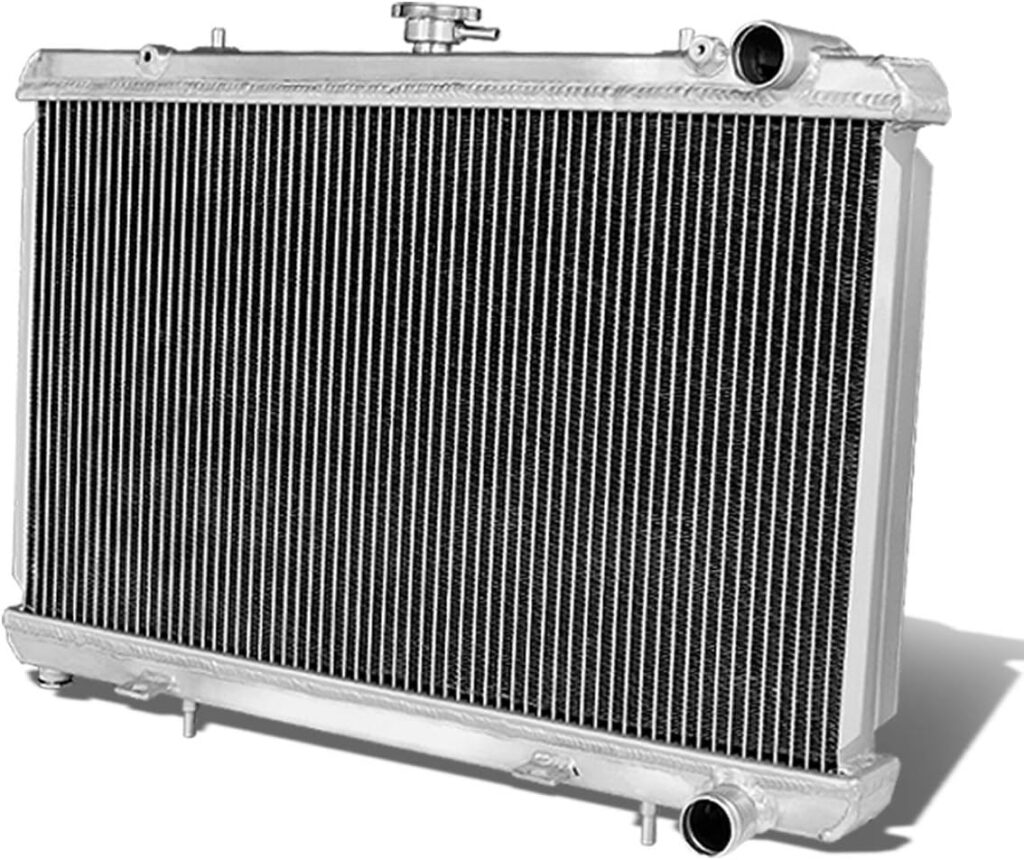
 Benefits of a Performance Radiator
Benefits of a Performance Radiator
Here’s what you get when you install a high-quality aluminum radiator:
- Improved heat dissipation due to larger surface area and better materials
- More coolant capacity, which delays heat buildup
- Stronger construction that resists pressure and cracks
- Cooler overall engine temps, especially under stress
- Better support for turbocharged or track builds
If you’re still running the stock radiator, you’re risking high temperatures that can lead to long-term engine damage.

 What You’ll Need for a Radiator Upgrade
What You’ll Need for a Radiator Upgrade

- Aluminum Performance Radiator
- Silicone Radiator Hoses
- High-Pressure Radiator Cap (1.3 bar or higher)
- Fresh Coolant (50/50 mix or full synthetic)
- Electric Fan(s) if not already installed
- Zip ties, clamps, and basic hand tools


 Step-by-Step: How to Replace Your Radiator
Step-by-Step: How to Replace Your Radiator
- Drain your coolant: Open the drain plug and drain the radiator fully.
- Remove the old radiator: Disconnect the upper/lower hoses, remove the fan shroud, and pull it out.
- Install the new unit: Place the performance radiator in, mount it securely, and reconnect hoses.
- Install new electric fans: Use zip ties or brackets to mount them directly to the radiator core.
- Refill coolant: Use a proper coolant mix or full synthetic racing coolant for max heat resistance.
- Burp the system: Run the engine with the radiator cap off until all air bubbles escape.
If done correctly, this mod alone can reduce temps by 15–30°F under load.
 Adding an Engine Oil Cooler
Adding an Engine Oil Cooler
Want even more temperature control? Add an engine oil cooler. It’s especially useful for drifting, long pulls, or any form of motorsport.
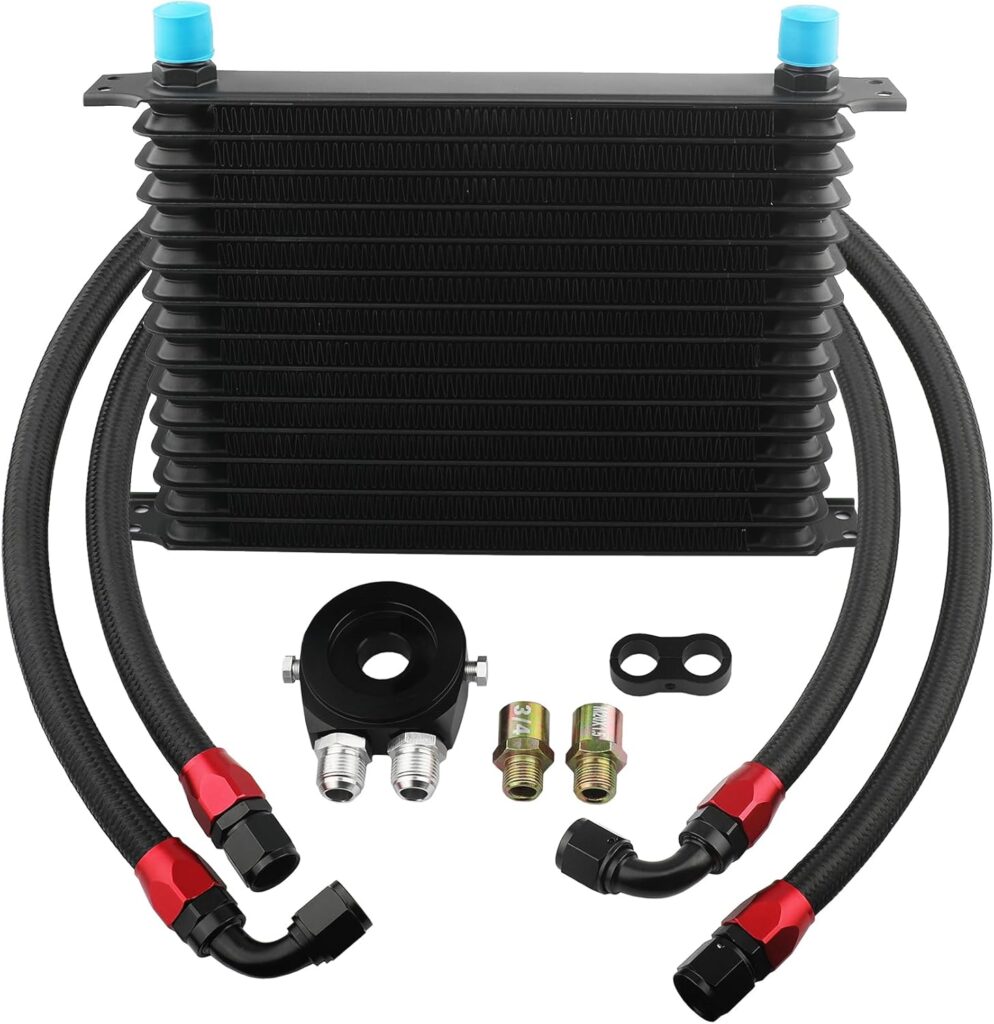
 What Does an Oil Cooler Do?
What Does an Oil Cooler Do?
Your engine oil doesn’t just lubricate — it helps dissipate heat from your pistons, crankshaft, and bearings. When your oil overheats, it becomes thinner and loses its protective properties. That’s when metal-on-metal wear starts happening.
Installing an oil cooler adds a secondary heat exchanger that draws heat from your oil before it returns to the engine.
 What You’ll Need
What You’ll Need
- Oil Cooler Core (10-row or 13-row for most NA setups)
- Sandwich Adapter with Thermostat
- AN Fittings (usually AN10)
- Stainless Steel Braided Lines
- Oil Filter Relocation Kit (optional)
- Mounting Brackets or Hardware


 How to Install an Oil Cooler
How to Install an Oil Cooler
- Mount the oil cooler core: Pick a location that gets good airflow (behind the bumper or grill).
- Install the sandwich adapter: This goes between the block and oil filter. Make sure the thermostat opens around 180–190°F.
- Route your lines: Use braided lines and AN fittings for durability. Avoid sharp bends.
- Secure everything: Use P-clamps or zip ties to secure lines away from heat and moving parts.
- Prime the system: Add extra oil (usually 0.5–1 quart) to compensate for the oil in the cooler and lines.
- Check for leaks: Start the car, check pressure, and inspect all fittings for any leaks.
An oil cooler can reduce oil temps by up to 30°F during hard driving, preventing oil thinning and preserving bearing life.
 Bonus Tips for a Cooler KA24
Bonus Tips for a Cooler KA24
If you’re looking to go all-in, here are a few more tips:
- Install a fan controller: Electric fans should turn on earlier than the stock clutch fan.
- Use a water wetter additive: Products like Red Line Water Wetter can help transfer heat more efficiently.
- Upgrade to a metal thermostat housing: Factory plastic units can crack under pressure.
- Check your water pump: A failing pump can silently destroy your cooling system.

 Recommended Products (All on Amazon)
Recommended Products (All on Amazon)
| Product | Link |
|---|---|
| Performance Radiators |  Click Here Click Here |
| Aluminum Radiator Caps |  Click Here Click Here |
| Electric Fan Kits |  Click Here Click Here |
| Engine Oil Coolers |  Click Here Click Here |
| AN Fittings & Lines |  Click Here Click Here |
| Silicone Radiator Hoses |  Click Here Click Here |
 Final Thoughts
Final Thoughts
If your 240SX is still running a stock radiator, now’s the time to upgrade. A performance radiator and oil cooler combo will give you peace of mind, better performance, and help your KA24 live a long, abuse-ready life.
Don’t wait for your temp gauge to spike — plan your cooling upgrades now.


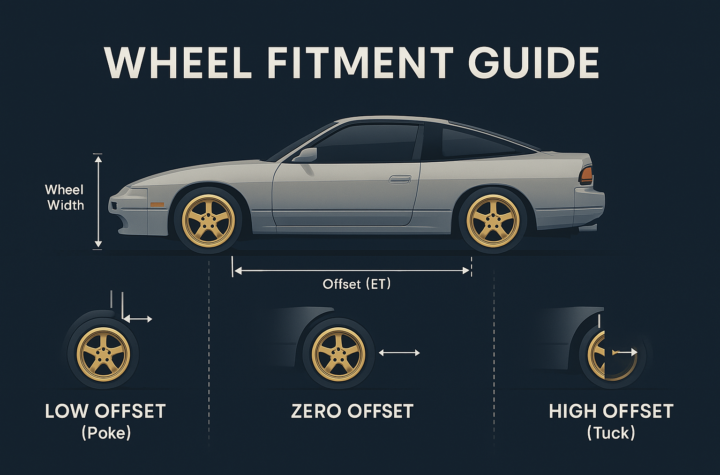

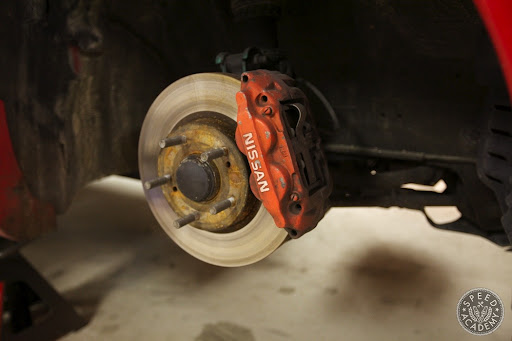
 SEO Blog Article Package: “How to Do a 4-Lug to 5-Lug Conversion on a Nissan 240SX (S13 & S14)”
SEO Blog Article Package: “How to Do a 4-Lug to 5-Lug Conversion on a Nissan 240SX (S13 & S14)”
More Stories
240SX Wheel Fitment Guide (S13 & S14) – Offset, Spacers & Fender Rolling Explained
Is the Nissan 240SX a Good Drift Car? (S13 & S14 Drift Guide)